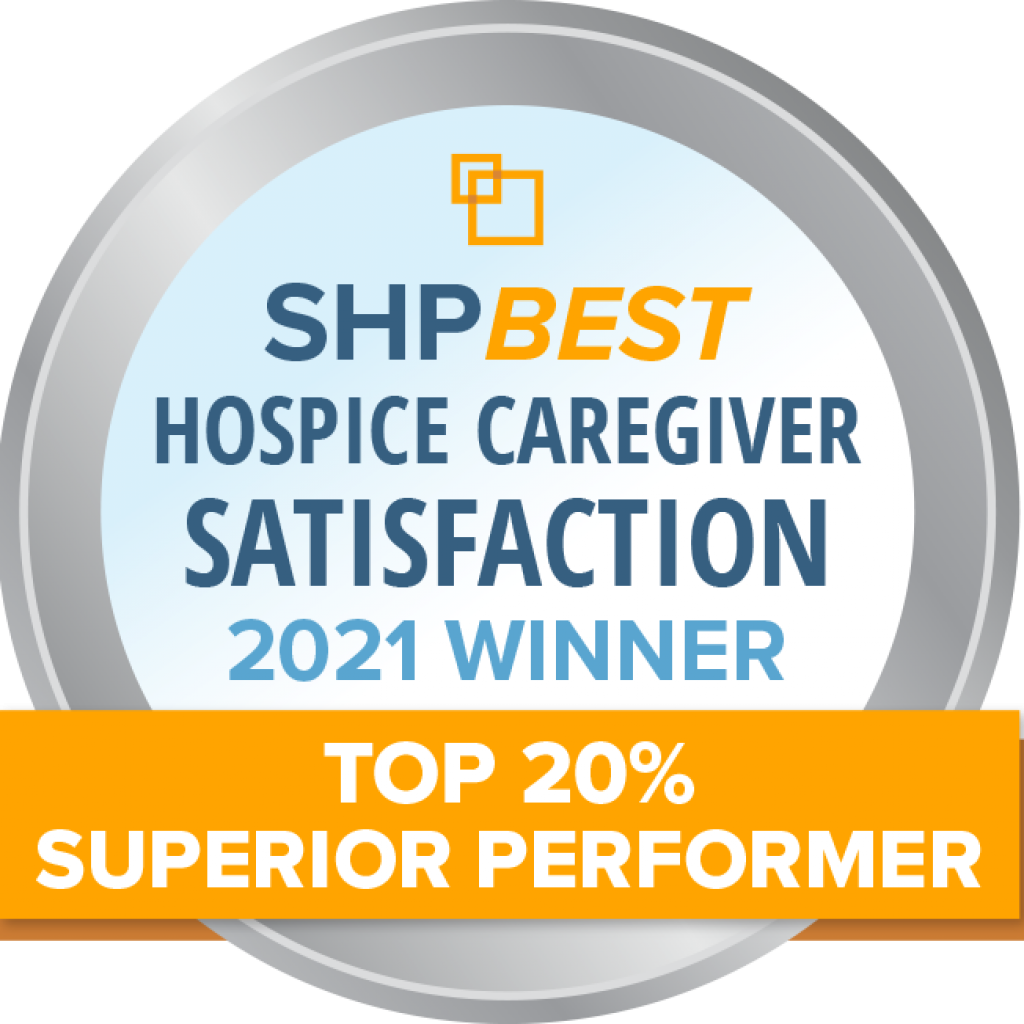Balancing Comfort and Sleep: A Guide to Discussing Pain Medication with Hospice Families
For referral partners considering hospice care for their patients, a common concern among families is the potential for pain medication to induce excessive sleep. This article equips medical professionals with talking points to navigate these conversations, emphasizing the paramountcy of patient comfort in end-of-life care.
Understanding Pain Management in Hospice
Pain is a prevalent symptom in the final stages of life, affecting up to 70% of hospice patients [Mitchell et al., 2009]. Opioids form the cornerstone of pain management in this setting, effectively controlling moderate to severe pain [Ventafridda et al., 2010]. However, drowsiness is a recognized side effect of opioids, leading to anxieties about a patient “sleeping away” their remaining time.
Opening the Conversation: Empathy and Education
Acknowledge the family’s concerns. Begin by expressing empathy for their desire to spend quality awake time with their loved one. Validate their apprehension about excessive sleep. Explain that pain relief is a priority in hospice care, aiming to improve the patient’s overall well-being [Ferrell et al., 2010].
Reframing Sleep: A Sign of Relief, Not Deterioration
Frame sleep induced by pain medication as a positive outcome, signifying the alleviation of suffering. Highlight the potential for restful sleep to improve the patient’s alertness when awake [Glare et al., 2007]. Explain that with effective pain control, the patient might experience periods of wakefulness with improved quality of interaction.

Tailoring Dosing and Medication
Reassure families that pain medication regimens can be tailored. Clinicians strive for the lowest effective dose to manage pain while minimizing drowsiness [Pasquale et al., 2016]. Discuss alternative medications or delivery methods that may provide pain relief with less sedation [Morain et al., 2012].
Importance of Open Communication
Encourage ongoing communication. Families should voice any concerns about sleepiness so adjustments can be made to medication or dosing schedules. Open communication fosters trust and empowers families to feel in control of their loved one’s care.
Addressing Fears of Addiction and Hastened Death
Dispel myths surrounding opioids in hospice care. Addiction is rarely a concern in this context, given the short-term use and focus on comfort [Morain et al., 2012]. Reassurance can be drawn from studies demonstrating that pain medication does not hasten death; it improves quality of life in its final stages [Morita et al., 2007].
By having open, informative conversations, medical professionals can address families’ anxieties about pain medication and sleep in hospice. Focusing on the patient’s comfort and the potential benefits of restful sleep allows families to make informed decisions and prioritize their loved one’s well-being during this sensitive time.
References
- Ferrell, B. R., Coyle, N., McGuire, D. B., & Mehta, S. (2010). The importance of patient assessment and communication in pain management at the end of life. Annals of Oncology, 21(suppl 7), vii122-vii126. https://journalofethics.ama-assn.org/article/importance-good-communication-treating-patients-pain/2015-03
- Glare, P., Nielsen, J., & Petersen, L. K. (2007). Opioids and sedation in palliative care patients: A systematic review. Journal of Pain and Symptom Management, 34(2), 181-189. https://pubmed.ncbi.nlm.nih.gov/32961218/
- Mitchell, G. M., Saunders, C. M., Edmonds, P. M., & Sinclair, S. (2009). Prevalence of pain in cancer patients in the last days of life. Journal of Pain and Symptom Management, 37(4), 778-784. https://www.ncbi.nlm.nih.gov/pmc/articles/PMC4441174/
- Morain, S. D., Morita, T., Lynch, T. J., & Mao, J. J. (2012). Opioid misconceptions in end of life care.



